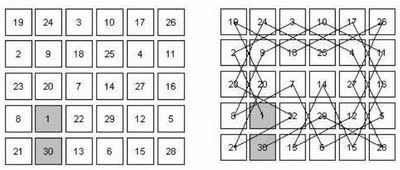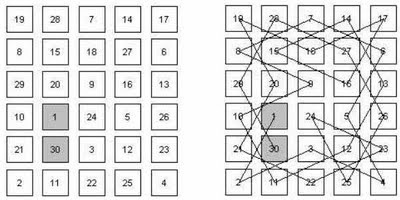Increasingly, it seems that many of the things I read or otherwise stumble across are connected. I have two competing theories for this apparent synchronicity. The first hypothesis is that I'm a perceptive fellow who is increasingly attuned to relationships in the world around me. The competing theory is that as I get older I am becoming more closed-minded to the point I automatically interpret everything using narrow categories of thought that are becoming ever-more rigid. I like the first theory, but the second is pretty compelling.
So, whether by perceptiveness or closed-mindedness, a number of things I've seen over the last month or so have fallen under the rubric of "art in mathematics and mathematics in art."
A few weeks back I visited the art gallery near to me (NGoC) and found that it had a few works by Albrecht Druer, who is often mentioned when mathematical techniques to achieve hyper-realism and realistic perspective drawing are discussed.
The same mathematical techniques that produce realistic perspective drawings can also produce surprising anamorphic images. For example, an anamorphic garden was created recently at Paris city hall by François Abelanet.
According to an essay from insidehighered.com, the role of mathematics producing perspective in art can motivate students to take a closer look at art-enabling mathematics (see also this textbook and this video).
In addition to sometimes using mathematical techniques, art can be inspired directly by mathematics itself - obviously mathematical art is often inspired by geometric forms such as polyhedra and tessellations. Take a look at the Bridges organization (see in particular the archives of the art presented at past Bridges confrerences), and the sculpture that hangs in the Fields Institute, recently captured in a post by Ivars Peterson. Math inspired art is not new - Jean-Pierre Luminet writes of the long history of our desire to see the beauty of pure geometric forms reflected in our arts and in the actual world in which we live.
Mathematics-based inspiration is most obvious when it takes the form of visual arts but it is not unknown to inspire performance and theater. Tony Orrico has posted videos of his circle-generating performance art on youtube, which reminded me of similar, but less artistic, compass-less circle drawing at the first (and last?) world freehand circle drawing championship of a couple of years back.
Jump math's John Mighton is a an example of the infrequently encountered mathematician-playwright. One of his plays, The Little Years, is being staged as part of this year's Stratford Festival (in Stratford Ontario). A study guide that was produced a few years ago for this play when it was performed in Ottawa features an overview of some famous women mathematicians.
Mathematics itself, and not just geometry, is often said to be beautiful, sometimes in laments that its beauty is not generally appreciated, or included in mathematics education. N Sinclair has an interesting paper on the role of mathematical aesthetics in mathematical learning and inquiry.
There's lots out there devoted to math-in-art and art-in-math - feel free to share anything that you've come across.




